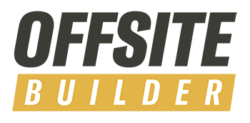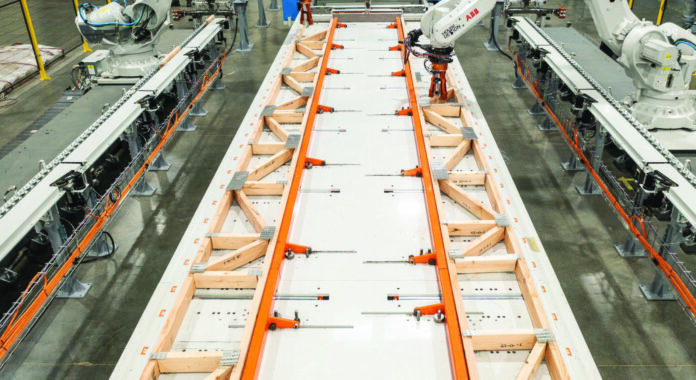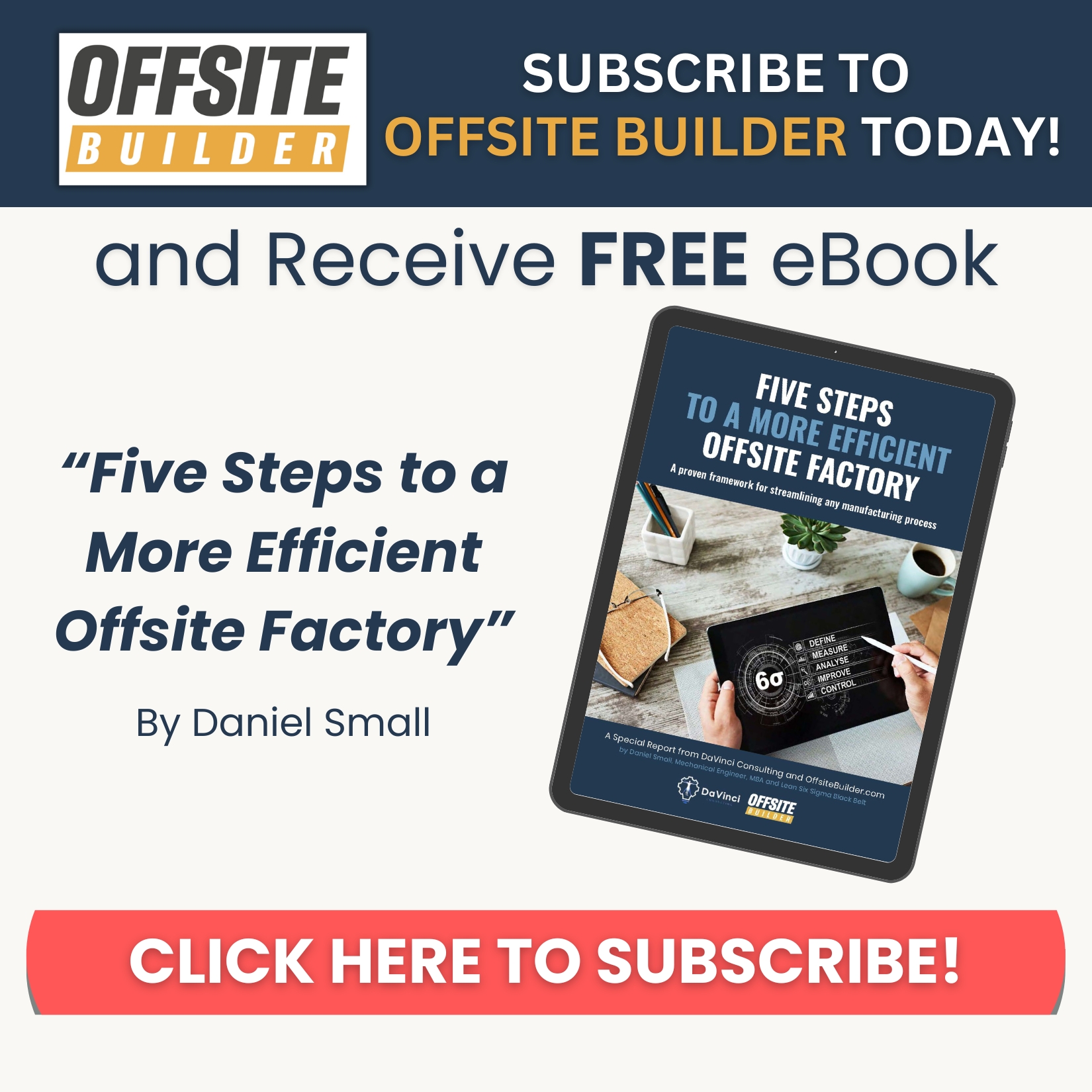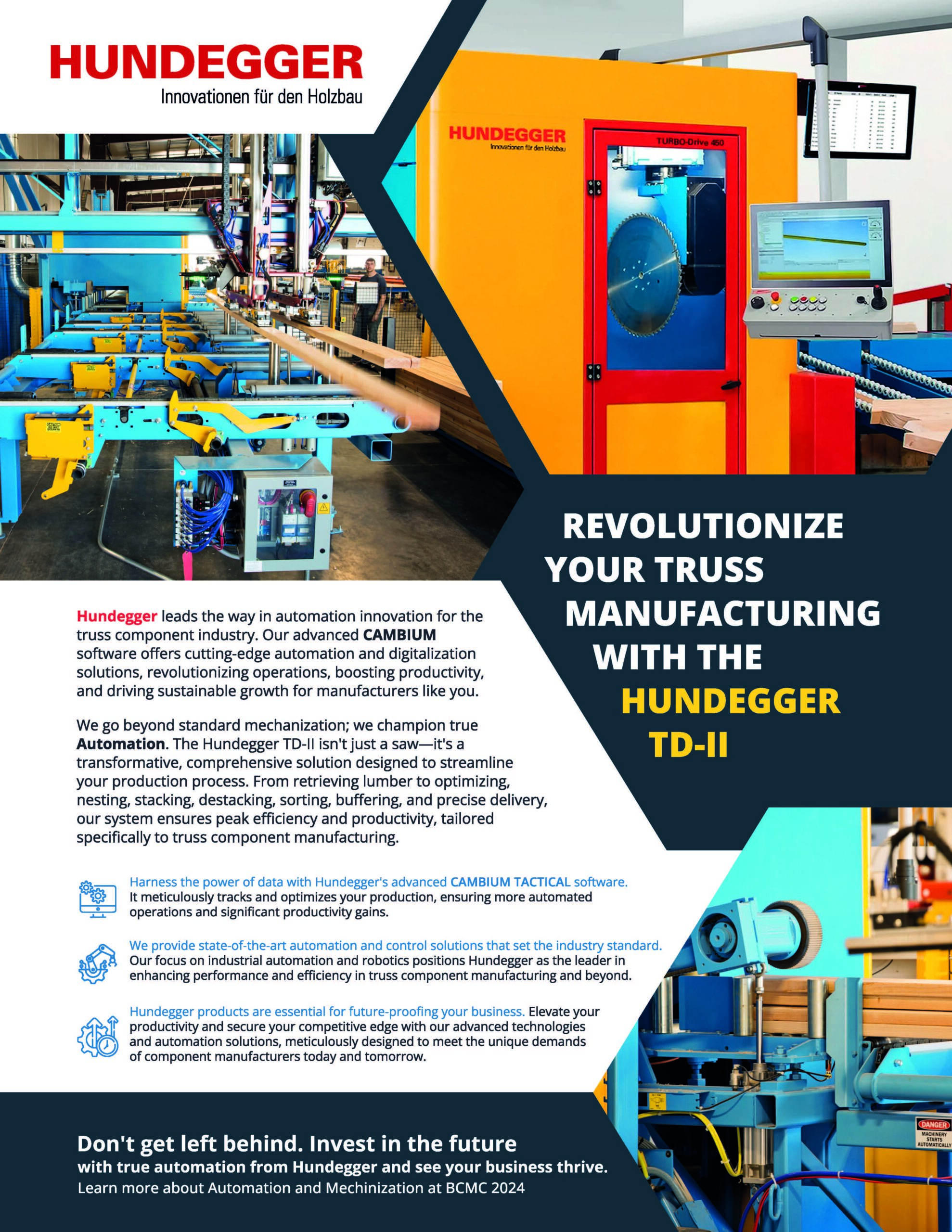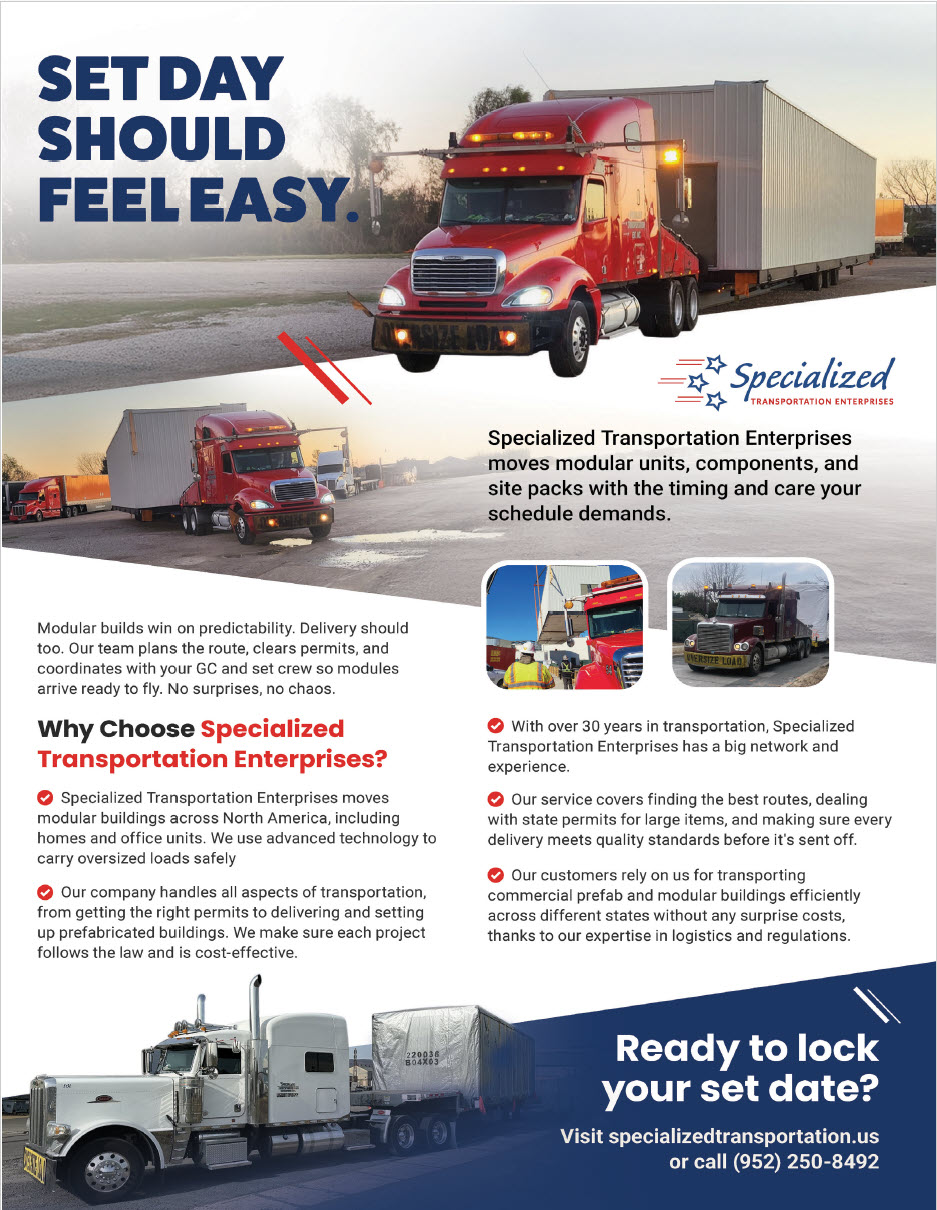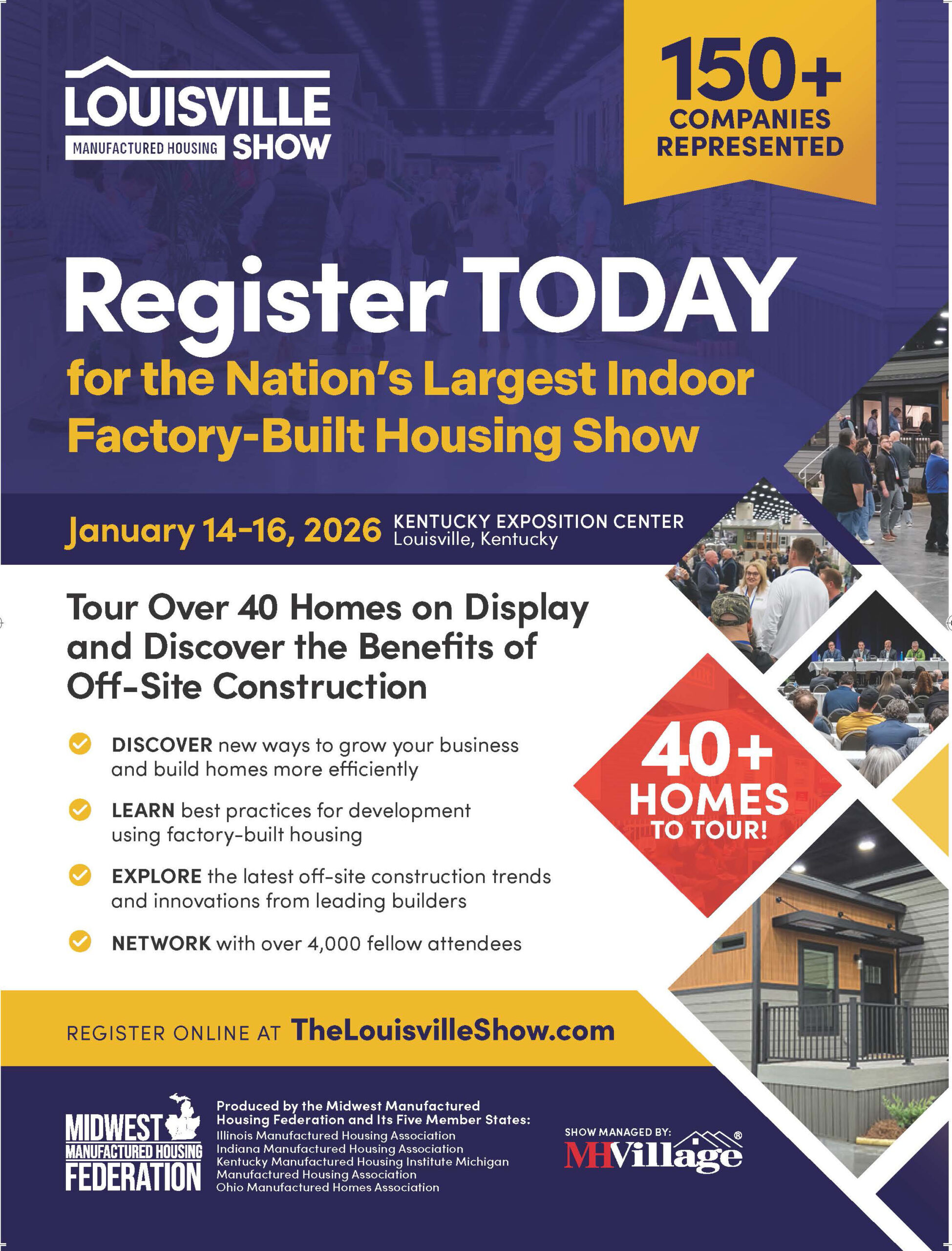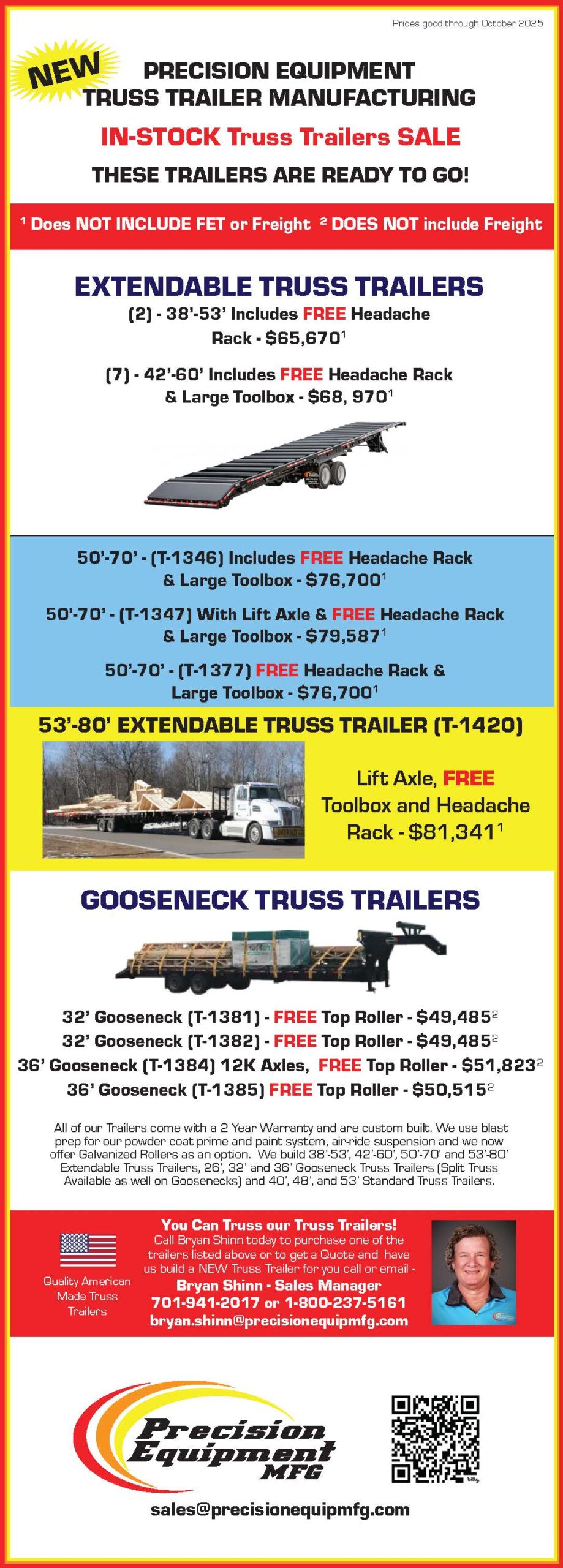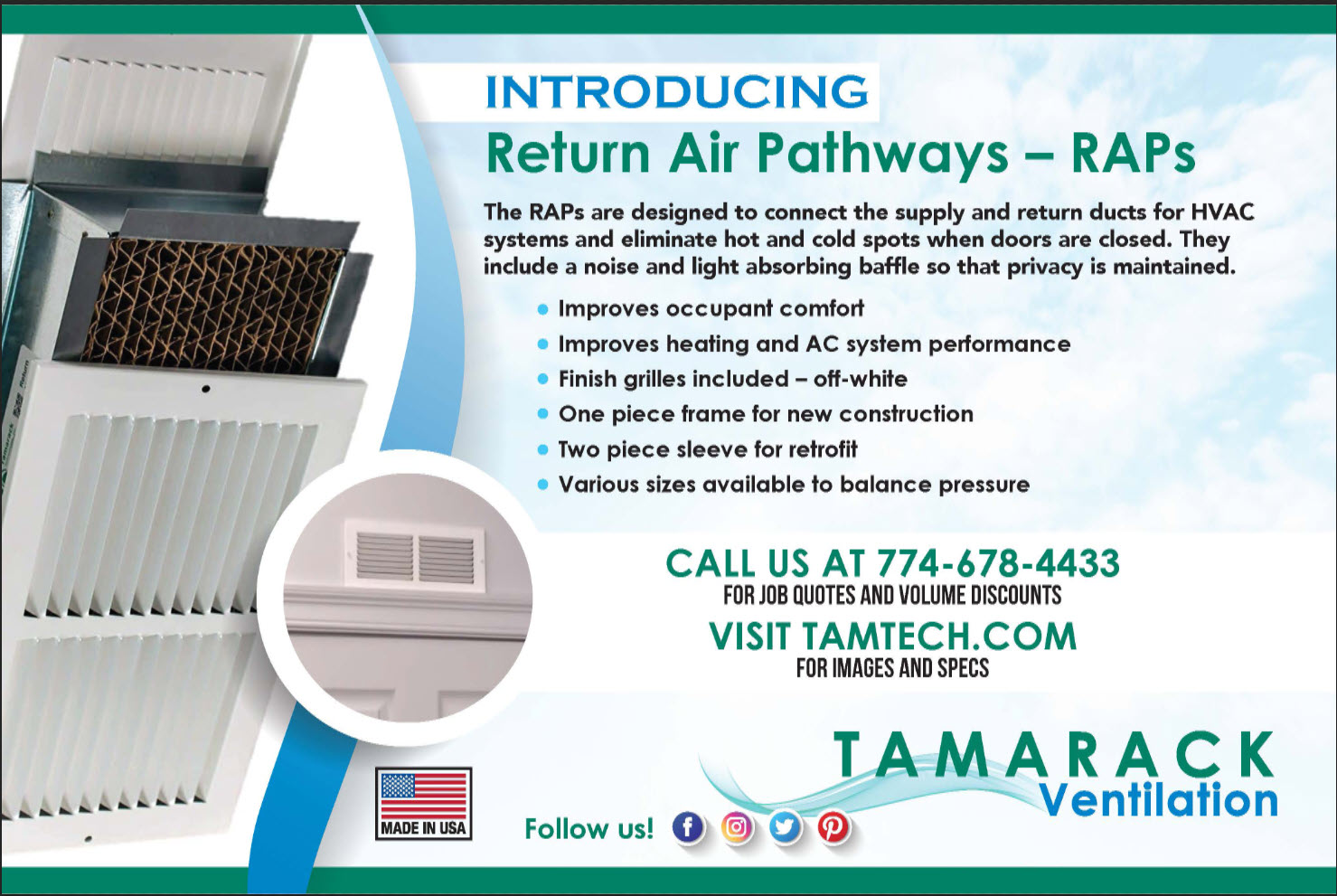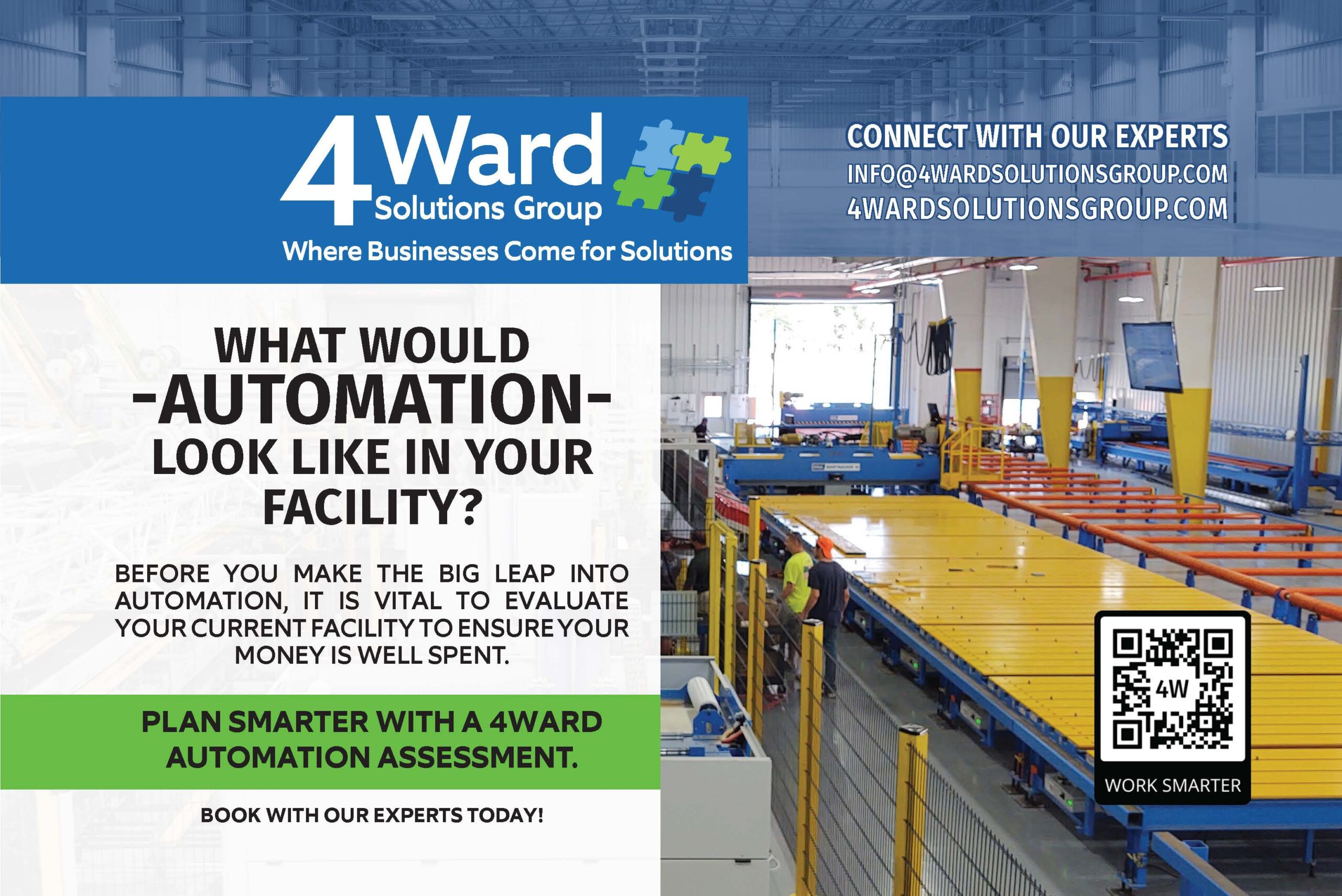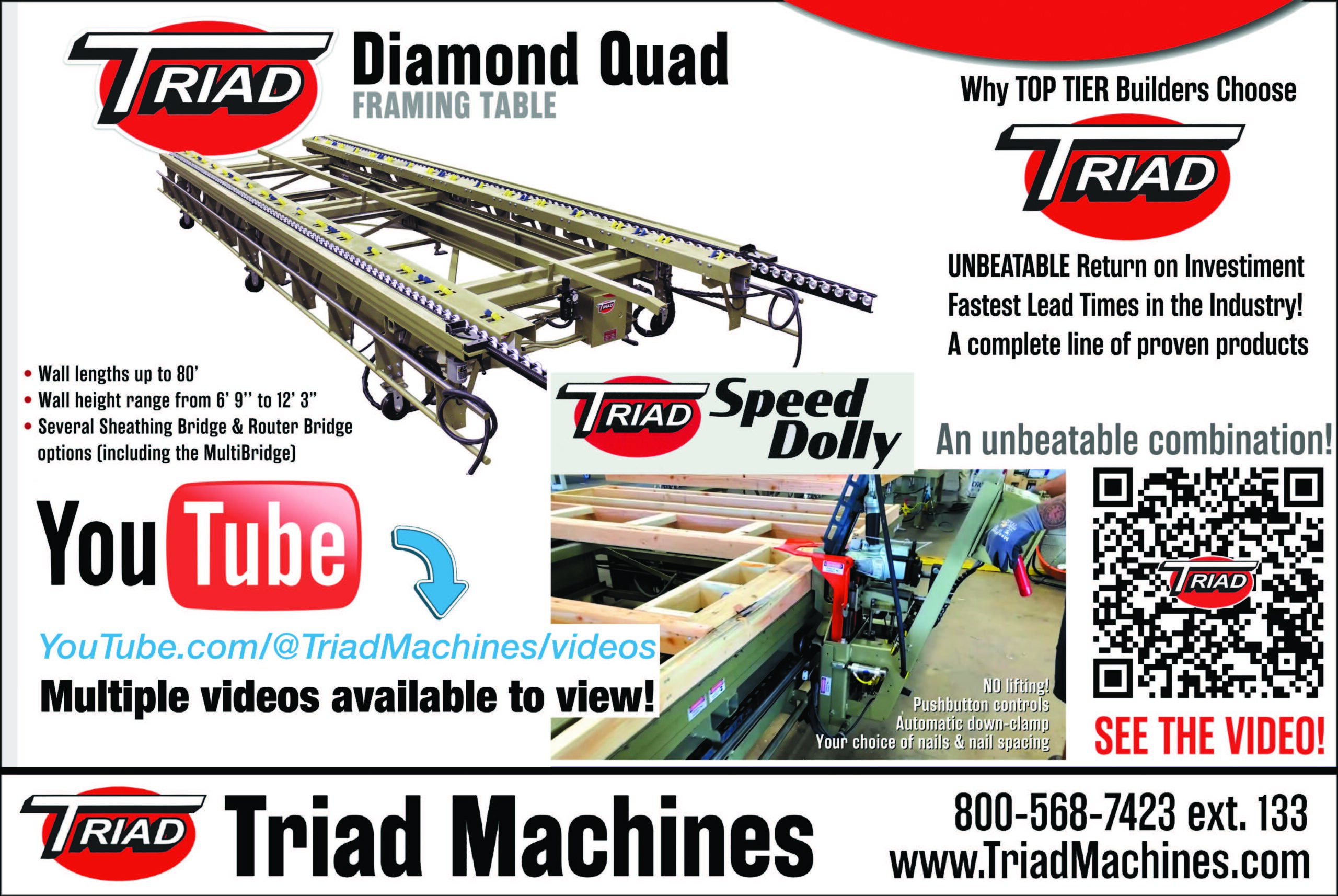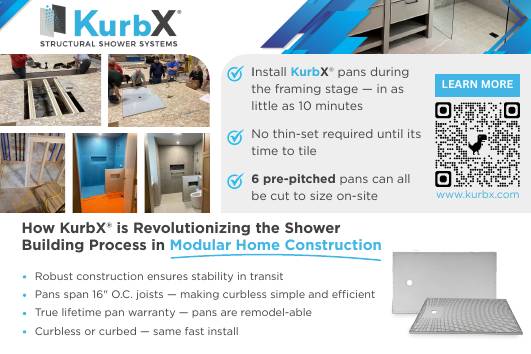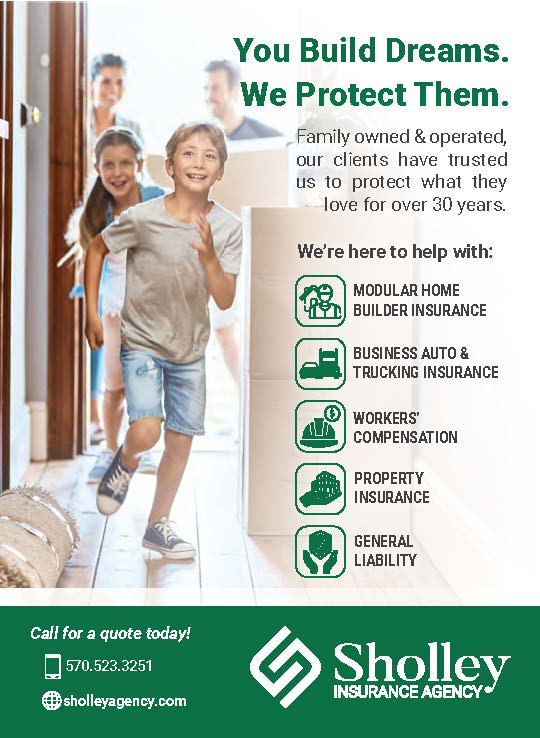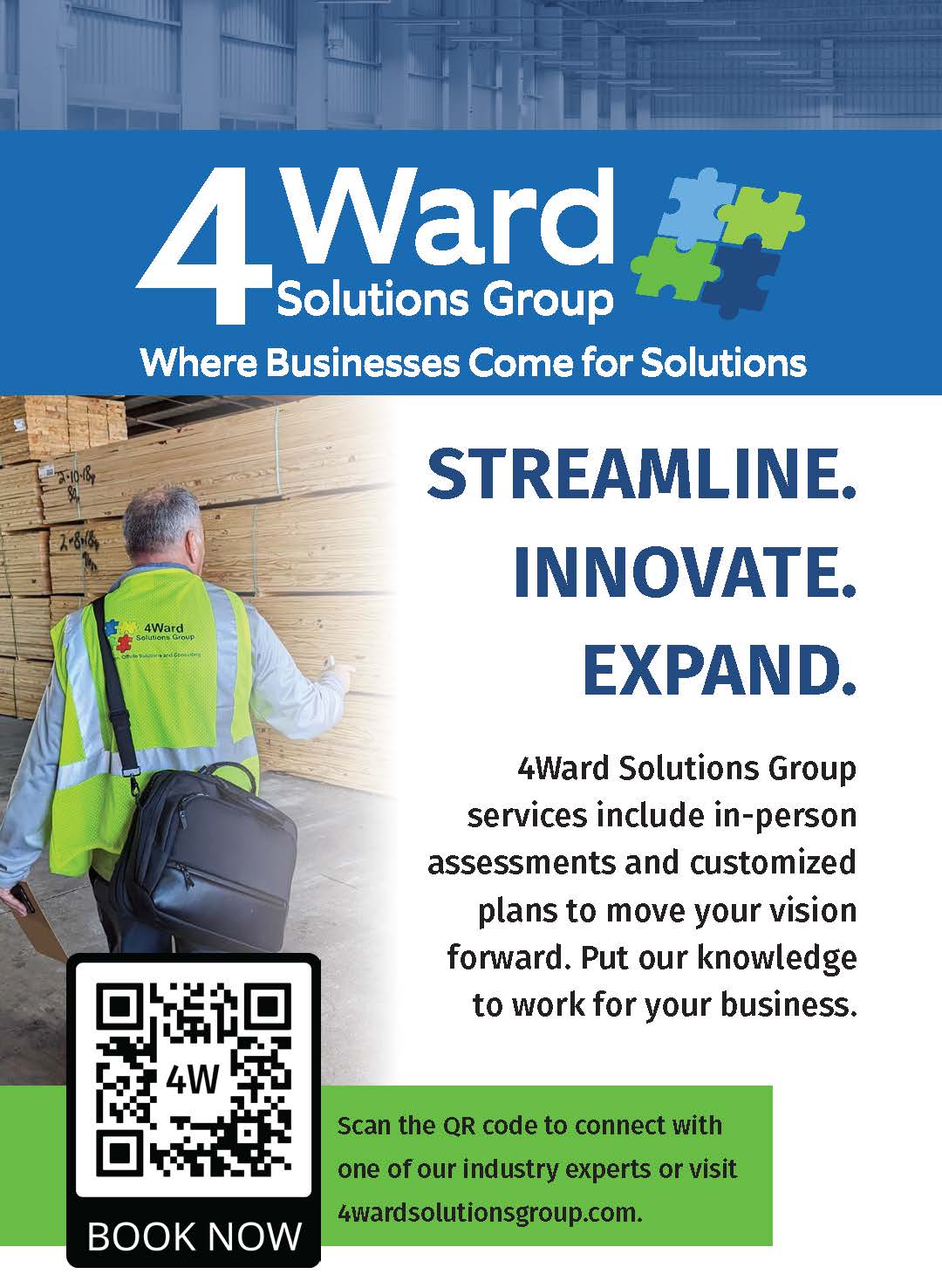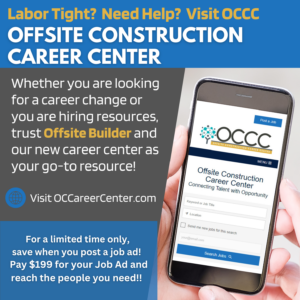The author’s team used a defined process to evaluate technology upgrades for a truss plant. The project’s success offers lessons to other offsite manufacturers.
- Before automating, make the processes you have as efficient as possible, and document them. Never try to automate a bad process.
- The author’s project team included people with various experience levels from several departments. The different perspectives helped to ensure a successful outcome.
- The team took the time to define what the company needed to accomplish before researching and interviewing vendors.
I’ve been intrigued with how things work since I was five years old. Almost every toy I got I took apart, and then figured out how to put it back together. I enjoy learning about how things work together. For example, how gears with different teeth count mesh in a way that lets a transmission smoothly flow through 10 gears without a sound and without a shred of metal.
My dad was a builder, and, as I got older, I learned from him all about the complexities that go into building a custom home, from the footing to the roof peak and everything in between. This knowledge would serve me well.

After college, I had the opportunity to work for the largest homebuilder in the nation. It was then that I got the idea to start a panelized manufacturing operation to help streamline what I identified as inefficiencies in the building process. That idea eventually grew into a fully integrated offsite solutions business.
As we built that business, I started to think about how tools and machines can do some of the heavy lifting and/or repetitive tasks. Automation and robotics have emerged as transformative technologies that offer these benefits.
Whether you’re a seasoned offsite manufacturer or an industry newcomer, the journey toward implementing automation and robotics is both exciting and daunting. I know this because I’ve completed many automation and robotics projects.
In this article, I dive into the decision-making process my company used recently to select and implement roof truss robotics.
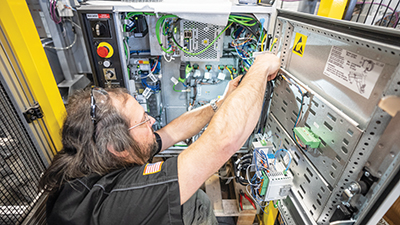
Where to Begin
The first step in this process is to define where you are and what you want to accomplish. “Begin with the end in mind,” as Stephen R. Covey famously wrote. In our case, the desired end was to double our roof truss output while adding the smallest number of extra staff.
Once you have defined the ends, there are three fundamental elements you need have in place.
1. Defined processes and procedures. Before automating, you need to iron out any kinks in your manufacturing, so that product is flowing through production at an acceptable rate.
Our company had a high-level process map that defined, in detail, all the steps required to get a roof truss built. The saw operation alone had 17 steps. Our goal as a team was to review all of these steps and try to eliminate any unnecessary ones.
Automation doesn’t have to replicate your existing processes, but you do need to think through and map out those processes in order to decide where automation will best earn its keep.
For instance, I once visited a plant where I saw workers cutting headers at the build table for the walls. That was slowing down the production line. I suggested that they take the header work offline and have the headers ready to install when it came time to build the walls. Doing so dramatically increased their output.
Once your design, manufacturing and delivery steps are working smoothly, you can then start to implement automation.
2. Benchmarked data. You need to know your current output and throughput.
Most plants have performance data that they reference for different purposes. These include piece count, board footage, lineal footage, square footage, board footage per workhour, etc. You can compare this data to equipment manufacturers’ claims for output and labor required, and use the comparison to determine your return on investment (ROI).
3. A seasoned design team. A successful implementation requires a design team that’s open to new ideas and processes, and can adapt to them.
Our team had a great mix of experience levels. More than 30% were experts with over 15 years in the business. Another 20% were intermediates with 3-15 years. This gave us the ability to take on a wide range of projects and to incorporate lessons from past projects.
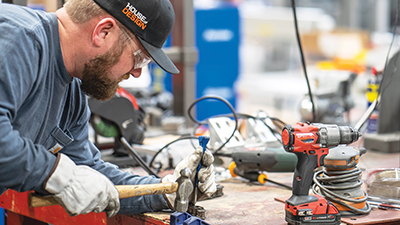
Involve the Team
I learned this one the hard way. When I was starting out on my own, I built our first wall panel squaring table myself, because #1, I couldn’t afford what was on the market at the time, and #2, none of the options did what our team needed, such as squaring walls that were 30 ft. long, or more. Also, some of the available equipment had more bells and whistles than we needed or could afford. So, I took it upon myself to design and fabricate the table.
That project was a failure. Why? Because I neglected to ask anyone on the team for input. The table was the wrong height, had light duty controls and a frame that wasn’t strong enough to hold the walls tight. I missed the mark, and the team’s expectations.
You need buy-in from your team for any change, and automation is a big change indeed. The team needs to be a part of the process. And I don’t mean just your leadership team; you need someone from every department that will be involved with the new technology.
Having learned my lesson, I now include people from design, production, maintenance, estimating and delivery. Each has a different perspective and asks different questions. For instance, when it came to truss manufacturing, one team member asked, “Do we have to stack the trusses outside? If you’ve ever stacked trusses at 2 a.m. in February [we’re in Wisconsin where winters are brutal], it’s not the greatest job.” That led us to stack and band inside the facility, which made workers more productive.
The same goes for software. We had one team member ask if the ERP solution we had been using for 15 years was still the best choice. She knew that changing systems would be time-consuming, frustrating and expensive, but asked the question anyway. We divorced that software provider and started using a better solution.
By the way, the people who ask those tough questions tend to become champions who share the new vision with the rest of the organization.

Define Your Objectives
Why do you want automation and robotics? To raise productivity? Reduce labor costs? Improve quality control? Enhance safety? The answers will help you choose the most relevant solutions.
On our recent truss plan project, the team came up with the following objectives:
Higher output – The new facility needed to increase total volume, with more board footage going out the door hourly.
Less labor – We wanted to add the fewest additional workers possible.
Safety – Reducing accidents and injuries (particularly from metal nail plates – a top offender) would lead to a heathier and happier workforce.
Flexibility – The new equipment would need to be used stand-alone or in conjunction with other manufacturers and software.
Proven innovation – Although we wanted innovation, we weren’t looking for tip-of-the-spear stuff. We didn’t want to be guinea pigs. We also wanted production equipment, not one-off solutions.
Profitability – The ideal ROI timetable was less than three years, but a longer period could be acceptable if other criteria scored high.
We ranked these criteria by importance. We all asked a lot of questions of each other and of vendors. We talked with other manufacturers (who had implemented any solution we were considering) about their experiences. The team divided up this work, which ensured a deep look at all the options.

Researching the Field
After researching everything that was on the market, or about to come on the market, we identified a list of manufacturers. We met with Mitek and Alpine, the biggest players in the truss manufacturing space, as well as with Hundegger, Vekta, and Spida. Each had equipment that could do the job.
Since we had been through smaller projects in the past and had invested in base levels of automation — automated jigging, automated saws and automated nailing bridges — our team had a pretty good base line understanding.
We met with each company, gathered information on products and toured facilities. We also asked each other questions about our current operations and about what we would, and wouldn’t, do differently. Altogether, we spent five months researching and putting together different scenarios.
Evaluate and Analyze
Next, it was time to evaluate the options. We built models with various equipment types and analyzed the production output of different scenarios. Utilizing spreadsheets and the data provided by manufacturers, along with our data for current production rates, we were able to calculate return on investment.
By looking at production data, personnel required and investment required we could run “what if” scenarios mixing and matching different equipment. By looking at output from saws, for example, we were able to justify a Hundegger saw with an automated infeed system; it was more expensive than the competitor, but it put out 50% more work in the same amount of time. We also looked at maintenance and upgrade costs for the life of each system.
While the shortest ROI was not the sole driving factor, it was helpful in our discussion. (Factors such as safety and reduced labor needs were equally important in the final decision.) ROI helped the team think like owners, to look at five-year versus three-year paybacks and what each would allow us to do in the future.
Informed Decisions
After thorough evaluation, hours of meetings, lots of doodles and debate, we decided to implement a relatively new, but proven, system from House of Design Robotic Solutions to build roof trusses. It checked all the boxes in our objectives and provided the results and ROI we were looking for.
This robotic solution precisely places metal plates onto the chords and webs of truss members prior to delivery to the table. Its precision allows the reduction of plate sizes by 10% or more. It also offers plating speeds of 400 to 600 plates per hour. Robotic arms mounted on tracks drop boards directly onto the table for final assembly and inspection.
What used to require up to seven workers has been reduced to an infeed operator and a table operator. The new system reduced the need to handle metal plates, which means fewer injuries.
Working together as a team not only enabled us to divide the work, but it also brought us all together for a better understanding of the system and for collective ownership in the process. That served us well in the installation and commissioning phases.
The lesson of this project is that by setting clear objectives, exploring relevant technologies, assessing data and evaluating options systematically, you can harness the full potential of automation and robotics. The true power of these technologies lies in their ability to enhance productivity, quality and safety. By using facts and data, you can ensure a well-informed investment that rewards your business.
Jason Blenker’s experience includes helping to build a world-class, vertically integrated, offsite solutions company in the Midwest. He now helps others find innovative solutions that will address our current housing affordability crisis. Contact him at [email protected] or 715-570-5665.
